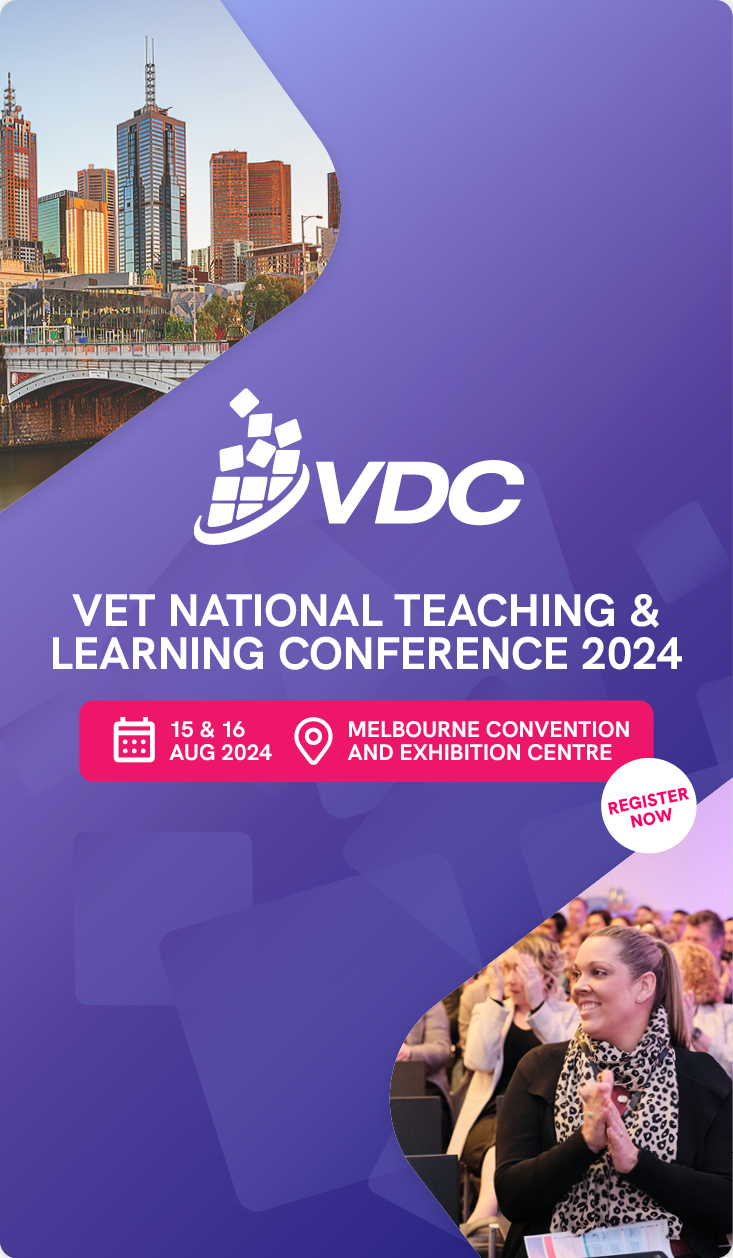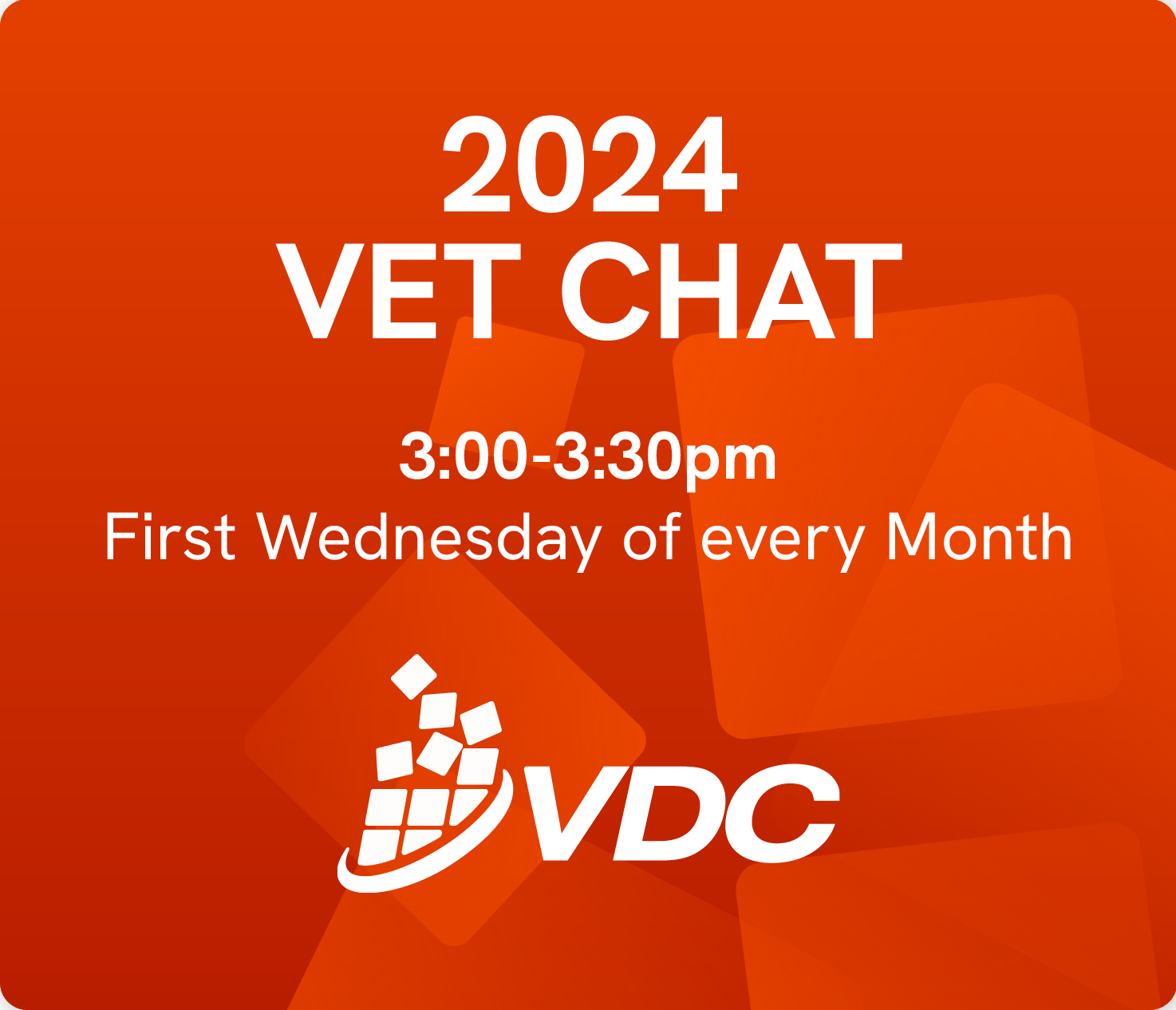Early this year a report reviewing rural, regional and remote (RRR) education was published. Authored by Emeritus Professor John Halsey from Flinders University, it was conducted under the auspices of the Commonwealth Department of Education and Training.
The purpose of the review was “to consider the key issues, challenges and barriers that impact on the learning outcomes of regional, rural and remote students.” It also aimed to identify innovative and fresh approaches to assist their transition to further study, training and employment. While schools are the review’s major focus, this summary concentrates on VET-in-schools and post-school pathways. It complements an earlier published VDC article which focused on community education providers in regional Australia.
The review process
The review was guided by a literature review and informed by consultations and 340 submissions. Those making submissions included “members of the public, government agencies, education authorities, private sector organisations and the philanthropic sector.” Following is what the review found.
RRR students’ patterns of post-school study are different
RRR students are less likely to complete year 12. They are also less likely to transition from school to university. The more remote they are the less likely is university study.
VET is an important provider in RRR areas, and “…high quality VET, where it is available, is playing a crucial role in helping young people develop the skills and knowledge they require to gain employment, build careers, start their own businesses and much more.”
There is a range of issues, however.
VET-in-schools (VETiS) opportunities are very important, but there are issues in delivery
VETiS is a very important component of improving the capacity of VET in rural, regional and remote areas. While the report describes some outstanding initiatives, Halsey suggests that improvements are needed to VETiS provision, and points to a range of impediments. These include distance, low numbers, thin markets, availability, access, perceived quality and costs. There are also problems with embedding VET in the school’s curriculum and ensuring it is taught and assessed consistent with the required industry standards.
There are access and affordability issues in senior secondary and VET programs in RRR locations that urban students do not necessarily face
RRR students are often confronted with issues and costs which their counterparts in urban areas do not have to worry about. Halsey believes that:
“expanding the availability, affordability and accessibility of high quality work experience placements, VET, dual VET/university options and two-year associate degree programs for RRR students are all part of what needs to done.”
Availability and accessibility is often very limited in RRR areas. In addition, VET fees are often up-front, whereas university fees can be deferred. These costs are critical if family incomes are not high. There may also be other associated costs, especially if the student has to travel and live away from home while studying. The Government provides assistance by way of fares allowance and relocation scholarships to assist students who are living away from home to study. However, the submissions and consultations to the review suggested changes were needed. These include reviewing the parental income test rules. Providing incentives or scholarships to encourage more RRR students to take up further study or training at regional campuses of higher education or vocational education and training institutions is another approach.
Looking at ways to work differently
Collaboration and partnerships, which involve “fostering ways and means for different kinds of organisations to work together productively to create better opportunities for young people and communities” was strongly advocated. This involves breaking down any “silo mentalities” that exist. Hubs of HE and VET provision are one way of increasing and diversifying the delivery footprint. Some institutions deliver VET qualifications as ‘dual sector providers’ or are already working closely with VET and other partners to collaborate and maximise the opportunities for students. One such approach is through dual enrolment in VET and HE programs, but this has its issues. Finally, Halsey argues strongly that:
“…nationally, TAFE has to be put back into the regions, closer to people, places and the heartland of much of Australia’s productivity.”
Having TAFE deliver more applied degree offerings in addition to rigorous skills training, should also be considered.








